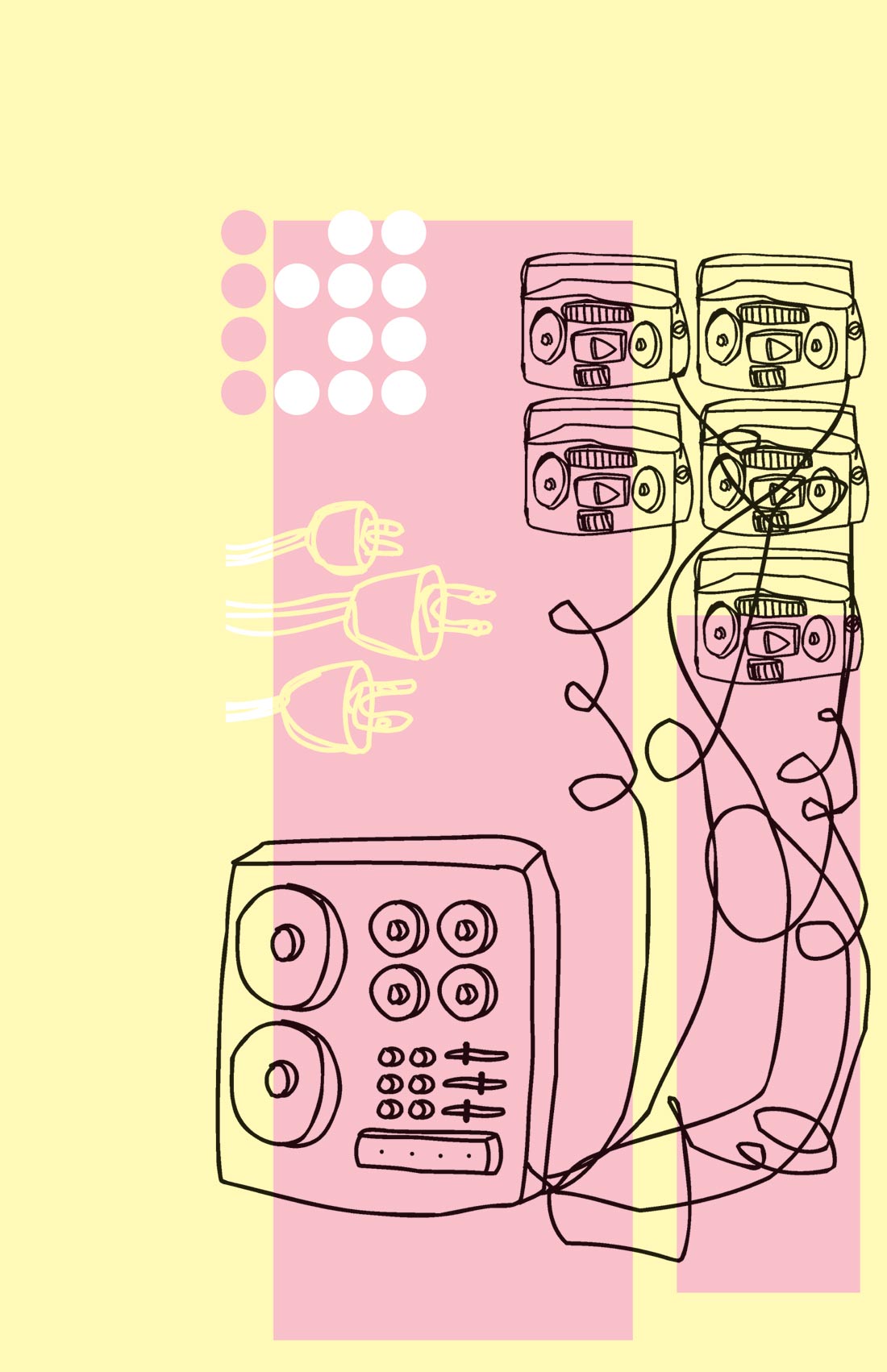British band Unisex was formed in 1996 as a collaboration between members of the seminal shoegazing band the Telescopes - Stephen Lawrie and Jo Loland with Nick Hemming. Since then the group has released a couple of singles, the Deadlock EP and this year its first full-length album, Stratosfear. The opening track, "The Full Force of the Sun", begins with lush synthesizer pulses and quickly turns into a mid-tempo rocker. As soon as the vocodered vocals come in, you realize that this is no ordinary Brit-Pop record. The rest of the album guides us through a lush sonic landscape that has more in common with Radiohead's more experimental pop numbers than the drunken swagger of Oasis. But rest assured Anglophiles - that thing only Brits can do is thoroughly in place on this CD. None of the songs ever veer away from a late night mid-tempo feel - Unisex want to transport you into their slow motion innerspace and succeed in doing so. Songs like the driving "Midnight in the Stratosphere" and lush balladry of "Autopilot" will propel you through any late night drive. There are also a couple of well placed experimental numbers. The first of which, "A Second Swell", features e-bowed guitar, Fender Rhodes and upright bass playing to the pulse of a heart beat sample. The other, "Let the Night Roar", sounds like the soundtrack to an experimental film. These pieces work as great jumping-off points for the songs that directly follow them and the whole record moves smoothly from one track to the next. Stratosfear was record digitally on an Otari Radar II and on a Mac using Cubase VST at Far Heath in Northhamptonshire, England. Additional tracking was done at Stephen Lawrie's home studio, the Space Station, on his PC using Cakewalk 9 and at the band's rehearsal studio and the local arts center. You would never know from listening - the whole record sounds like it was done in one studio. According to Stephen Lawrie, Unisex loves to experiment, running a Theremin through some Mooger Fooger pedals or using children's toys, samplers and filtered Roland Groovebox noises pitched down three octaves. To get the snare drum to have a ring they doubled it with a snare sample instead of using reverb. These are just a few examples. The band also loves to use filtered tape hiss noises/vinyl noises and "really tiny millisecond samples looped millions of times and slowly filtered through anything we could get our hands on." Besides being a great album, Stratosfear also shows something that can be lost in the often-tedious digital vs. analog debate: In the end it's the songs that matter. (doubleagentrecords.com)
Music Reviews | No. 24
F CD
by Roman Sokal
Former Jessamine cohorts Andy Brown and Rex Ritter and friends step up the flow of their liquid space jazz funk to the next level. Whereas their debut was doused with the textural jams of Miles Davis,...




_disp_horizontal_bw.jpg)